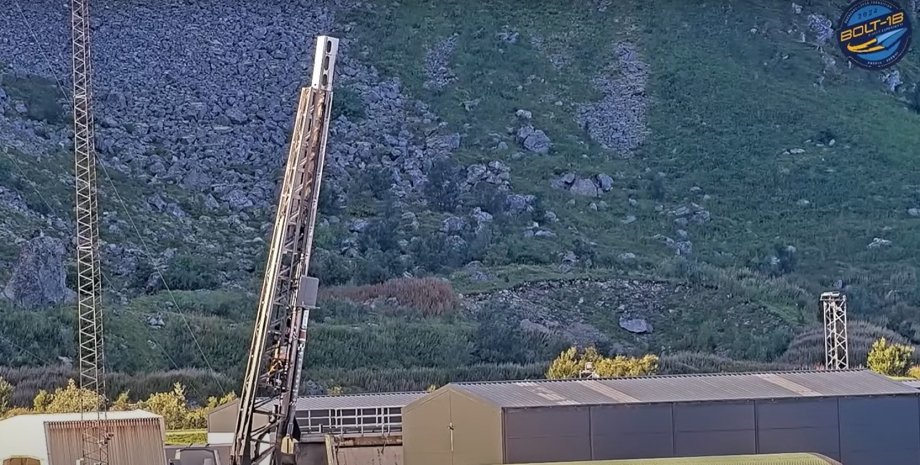
It is about the launch of the hypersonic apparatus, resulting in the study of the "transition of the border layer" - a critical phenomenon, which occurs at hypersonic speeds and significantly affects the aerodynamic resistance and heating of aircraft. The Bulgarian Military Viewers were told about it on September 9. The Bolt-1B experiment is aimed at collecting a deeper understanding of the physics of air flows at speeds of more than 5 Mach.
These studies, as noted, are extremely important for the development of hypersonic devices that can be used in military and space programs in the future. The purpose of the experiment is to study the phenomenon of the transition of the adjacent layer, which has a great influence on the projection of hypersonic apparatus. It determines how the air flow around the aircraft goes from the laminar state to turbulent, causing an increase in resistance and heating.
On board the probe rocket installed devices for more than 400 measurements designed to study the transitional processes in the air stream. In this case, the experiment was conducted at a speed of 7. 2 Mach above the Norwegian Sea. After the trials were completed, as planned, Bolt-1b was flooded about 185 kilometers from the shore. Bolt-1B is a thoughtful aerodynamic form, which provides both stability and maneuverability during hypersonic flight.
Thanks to the aerodynamic surfaces, the device can be controlled through the upper atmosphere layers after separation from the rocket. This process simulates the real conditions that the future hypersonic weapons will encounter analytics emphasize that the results of the US tests will be able to develop a more efficient and powerful hypersonic weapon, which provides high accuracy at high speed, which is a key component of modern defense tactics.










All rights reserved IN-Ukraine.info - 2022